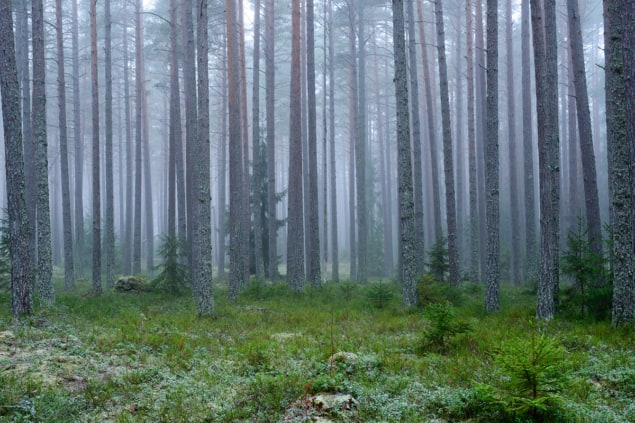
Trees in today’s boreal forests are living fast and dying young. Over the last 60 years the life expectancy for trees has decreased significantly, a new study reveals. The fastest-growing trees have shown the greatest decline in longevity.
Rising levels of carbon dioxide and reduced water availability appear to be a major driver of the trend. There is concern that forests may see large-scale die-off, with potentially serious implications for their ability to mop up carbon and slow climate change.
Back in 2015, researchers were shocked to discover that although tree growth in the Amazon rainforest had increased over the last 30 years, trees were dying younger, resulting in less carbon dioxide sequestration in the region.
This led the team to speculate that faster growth due to climate change was leading to higher mortality rates. The big question was whether this was a localized phenomenon, or a global effect. To find out, Eric Searle and Han Chen, both at Lakehead University in Canada, carried out a similar study on high-latitude forests in Canada.
Since 1958 the forestry department in Alberta, Canada, has gathered a wealth of data on climate and tree health at 539 sample plots. Searle and Chen decided to focus on trees in their “twilight” years – over 100 years old. The species they studied included white spruce, black spruce, lodgepole pine, aspen, balsam fir, balsam poplar and paper birch.
Searle and Chen examined tree mortality year by year between 1960 and 2009. They observed an obvious and steady increase in mortality over time. Examining lifetime growth rates revealed that the fastest-growing trees experienced the greatest increase in mortality. But exactly why fast-growing trees are dying younger isn’t yet known.
“It could be that faster-growing trees attain larger sizes more quickly, leading them to be more vulnerable to size-related mortality – wind-throw, for example,” says Searle, who published the findings in Environmental Research Letters (ERL). “Or it might be linked to faster-growing trees allocating more resources to growth and less to defence, making them more susceptible to pests and infections.”
Searle and Chen saw a strong correlation between the mortality changes and the changes in carbon dioxide, temperature, and water availability in the region. Previous work has shown that larger trees tend to suffer more when water becomes scarce and the researchers think that declining water availability is likely to have been a key driver in the Alberta forests.
Given that carbon dioxide levels are expected to continue increasing, and water availability to continue decreasing, the future for boreal forests does not look promising.
“This could be quite serious,” says Searle. “It may reduce large trees in the forest and could lead to large scale die-offs at earlier ages. And, since larger trees typically continuously add more and more carbon as they age, losing faster-growing trees more frequently could mean significantly less carbon sequestration.”



